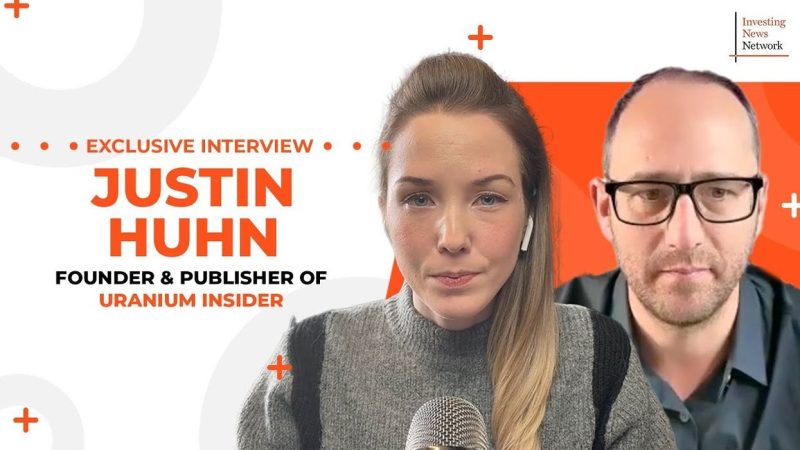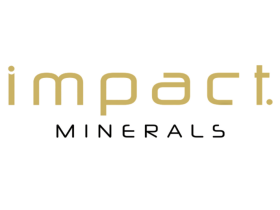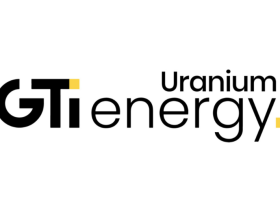All eyes were on uranium at the end of 2023 as the energy fuel soared through US$100 per pound.
Outlining current supply/demand dynamics, Huhn said that although 2023’s sizeable deficit of about 40 million pounds will shrink a little in 2024, he sees a ‘very large’ deficit persisting for a number of years.
Huhn sees this situation pushing prices for uranium much higher, although he didn’t give an exact number.
‘The price isn’t going to make sense for anybody,’ he said. ‘We can arguably go up another US$20 — that will arguably incentivize every project in the world to be profitable. But the price is going to go far beyond that simply driven by the substantially larger amount of demand than we have for supply.’
In terms of which stocks to focus on, Huhn said since December small- and mid-cap companies have been outperforming larger-cap companies — he’s tracking that movement via the Sprott Junior Uranium Miners ETF (NASDAQ:URNJ), which holds a basket of small- and mid-cap uranium stocks, and sector major Cameco (TSX:CCO,NYSE:CCJ).
‘The main theory around this is that as the story gets more popular due to its relative performance and it starts to attract more investment attention, you’re going to attract more retail investors, and the retail investors largely go after the smaller companies because they believe that there’s torque in those companies. And there is torque in those smaller companies,’ he explained during the conversation. ‘Unfortunately, when risk is off, that torque is to the downside. When it’s on they can outperform by orders of magnitude.’
Watch the interview above for Huhn’s full thoughts on the topics discussed above, as well his analysis of Cameco’s latest results, contracting in the uranium space and why the sector doesn’t need any more catalysts.
Securities Disclosure: I, Charlotte McLeod, hold no direct investment interest in any company mentioned in this article.





